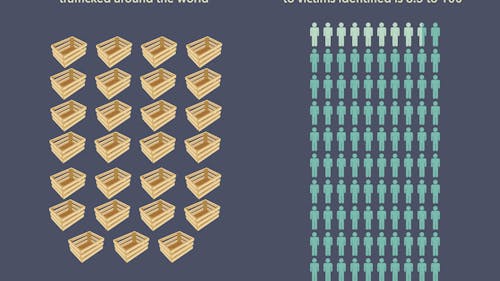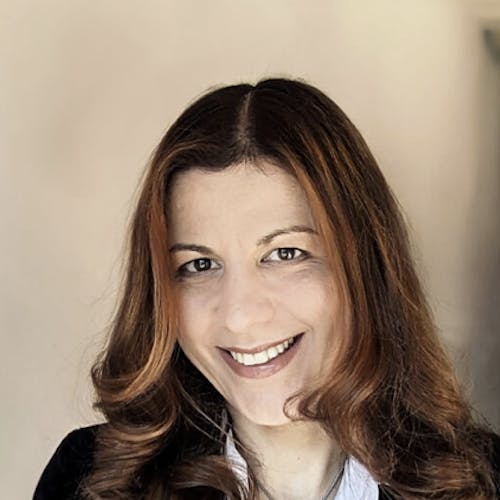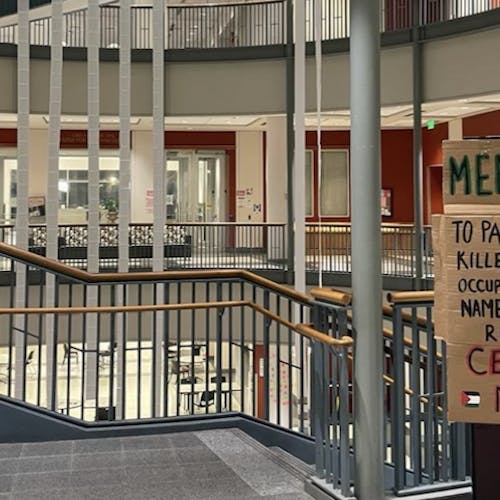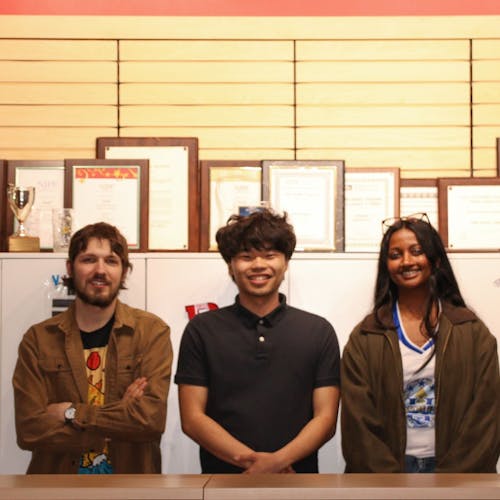Rutgers Campus Coalition Against Trafficking group raises awareness of victims

Statistics of human trafficking are not true because these crimes are typically underreported, said Aneesha Cheedalla, president of the Campus Coalition Against Trafficking club and a School of Arts and Sciences senior.
“The Program in Criminal Justice says that there are around 14,000 to 17,000 people trafficked in the (United States) every year," Cheedalla said. "The average age of trafficked girls in America is 12 to 14, which is really young. You could do estimates, but it’s really not the true number."
According to caseact.org, roughly 8.5 people are convicted for every 100 victims.
Human trafficking is such a large problem that we can not even see it fully, said Lily Decky, the public relations chair for Campus Coalition Against Trafficking and a School of Arts and Sciences sophomore.
If people were to Google human trafficking, they would find many different results and types of trafficking, including labor and sex trafficking. It is a huge problem because it is so well hidden, she said.
“The biggest thing that people can do is to be aware of the signs of human trafficking," she said.
Being aware of the products people buy is important, she said.
For example, Wal-Mart was involved in a scandal when the Associated Press exposed the fact that their seafood was produced by slaves in Thailand.
Simply being aware of the signs is crucial in order to be able to recognize abusive individuals and approach them or call the hotline, she said.
There are signs of who is a trafficker and who is a trafficking victim, Cheedalla said.
There are different types of traffickers all around the world, she said. The most common stereotypical traffickers are in the sex industry. There are also different types of individuals all over the world who traffic.
There are immigrants in the U.S. who have established a life in the country and return to their country to convince people to come to America, she said. They tell these future victims that they will live a better life, but end up abusing them and forcing them to stay home or work long hours every day.
Trafficking victims may appear to not understand the situation that they are in and depend on someone else to explain their whereabouts, especially in airports or areas of transit, Cheedalla said.
“Someone who might not look directly at a person when you are asking them questions or look to someone else to answer their questions for them could be a possible sign of a trafficking victim," she said. "Or maybe people who don’t know their surroundings at all. It’s really hard to tell who trafficking victims are (because) so many different types of people could be trafficked."
The club's events included a coffeehouse event to raise money for the New Jersey Coalition for Human Trafficking, a movie screening of "In Plain Sight," which talks about human trafficking, a symposium where guest speakers spoke in detail about human trafficking and hotline flyering in New Brunswick, Decky said.
But the main purpose of the club is to spread awareness about human trafficking, she said.
"The main thing that individuals in general could do is to make people aware of trafficking — especially where there is commercial sex — if you reduce the demand, you reduce the supply, that’s the argument that some people have," Cheedalla said.
Sanjana Chandrasekharan is a School of Arts and Sciences first-year student majoring in political science. She is a staff writer for The Daily Targum.



